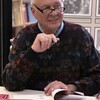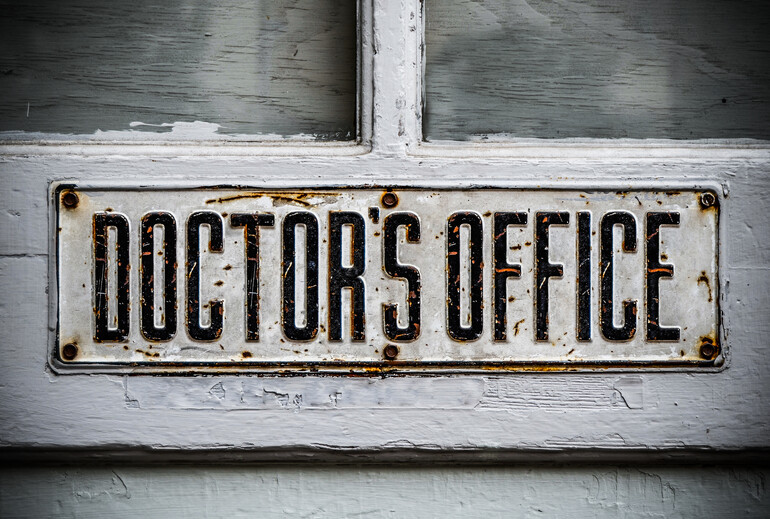Recently, my family has been listening to some old cassette tapes from a program called “Your Story Hour,” by Aunt Sue and Uncle Dan. They were given to us as a gift. I ordered a portable cassette player from Amazon so we could play them.
The recordings are probably from the 70s or 80s but the story-telling and the content is top-notch. I was also pleasantly surprised with the progressive nature of the stories. One of the programs, “The First Lady Doctor,” featured the story of Elizabeth Blackwell.
Blackwell came from a wealthy family and was initially discouraged from pursuing an occupation that was only for men. So, she became a schoolteacher. This occupation was seen as suitable for women during the 1800s; however, she soon found it unsuitable for her.
Blackwell's interest in medicine was sparked after a friend fell ill and remarked that had a female doctor cared for her, she might not have suffered so much.
Blackwell began applying to medical schools and immediately began to endure the prejudice against her gender that would persist throughout her career. She was rejected from each medical school she applied to except the Geneva Medical College, in which the male students voted for Blackwell's acceptance. In 1847, Blackwell became the first woman to attend medical school in the United States.
Commenting on this accomplishment, Aunt Sue stated, “That’s called progress, Uncle Dan!” It struck me as I was listening to this cassette tape recorded in the late 1970s that this progress needs to continue.
Another tape we listened to was called “The Man who Conquered Pain.” It featured the history of pain management in the US, and included a story about Uriah Smith who had to have his leg amputated as a young boy without any anesthesia while his sister and mother helped hold him down as his leg was sawed off. Grotesque, right?
The story begins in the state of Georgia in 1842. Doctor Crawford Long was determined to do something about the pain people had to do endure in surgeries. But he faced obstacles. Local pastors told people, “Pain is the result of sin.” They thought that Long’s attempt to stop the pain was akin to witchcraft. But Long was determined to end the pain that came with surgery and he used ether sulfate as part of his surgeries.
People thought that not experiencing pain during a surgery was “of the devil.” They referred to Long as “immoral” and threatened to run him out of town unless he stopped using ether. His patients no longer came to see him. For nine operations he withstood the bitterness of hate inspired mobs, but then one day when the safety of his wife was threatened, he stood on his porch and made an announcement, “You have made yourselves clear. I bow to your ignorance of science. If my patients prefer to be held down and endure the pain, I bow to the ignorance of this community and will not administer ether anymore.”
Discouraged he went back to the surgery without ether. He never again used ether sulfate. And strangely, knowing he wouldn’t, all his patients came back.
Meanwhile, in December 1844, a dentist named Horace Wells entered the battle by administering laughing gas during a tooth extraction. But his patient almost died, his practice was ruined and he died a poor man.
But on October 16, 1846, William Morton, a dentist from Boston, joined the fight against pain. He gave a successful demonstration using diethyl ether to medical students at Massachusetts General Hospital. Medical history was made.
Through the persistence of people going against the grain, taking risks and not giving up, anesthesia is now commonplace. But one-hundred years ago, it was bitterly fought as if it were evil.
If we are paying attention, these lessons from history can continue to teach us.
Sometimes we learn that the things we fear — lady doctors or anesthesia — are tools for good. True progress comes from building off the foundation of the past, from learning from mistakes and making the decision not to repeat them.
In the digital age, we can still learn from the past. True learning is about being open to change. If we are paying attention, the past is always present, even if the things we learn come from old cassette tapes.










